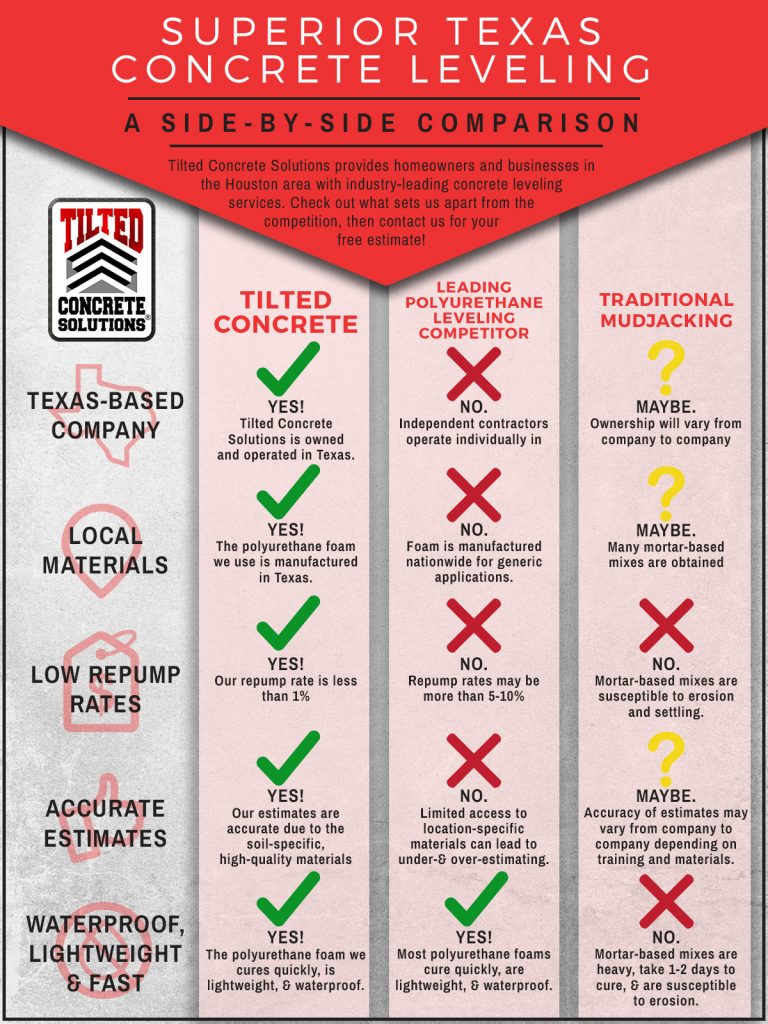Recognizing The Differences In Between Interior And Exterior Paint: Trick Characteristics And Makes Use Of
Recognizing The Differences In Between Interior And Exterior Paint: Trick Characteristics And Makes Use Of
Blog Article
Personnel Author-Ratliff copyright
When you're picking in between interior and exterior paint, it's essential to understand their basic distinctions that influence both performance and visual appeals. Interior paints are crafted for lower VOC degrees and smoother surfaces, making them excellent for indoor rooms, while outside paints are made to endure harsh climate condition and UV exposure. Each kind serves a distinctive objective, however recognizing when to utilize one over the other can considerably influence your job's end result. So, what elements should you take into consideration when making your selection?
Composition and Formula
When picking between exterior and interior paint, understanding their make-up and formulation is vital. Interior paints generally consist of a reduced quantity of unpredictable natural compounds (VOCs), making them much safer for interior air quality. You'll see they often have a smoother coating, which improves their capability to stand up to discolorations and enables much easier cleansing. They're created to endure the roughness of interior settings, including differing moisture levels and temperature fluctuations.
On the other hand, exterior paints are created to sustain harsher problems. They typically include higher levels of pigments and ingredients to withstand fading from UV rays, in addition to to stop mildew and mold development. Their structure consists of a lot more binders and resins, which offer better bond to surfaces subjected to the elements. This makes certain the paint can endure rain, snow, and fluctuating temperatures without peeling off or fracturing.
Efficiency and Toughness
Assessing performance and durability is necessary when picking in between exterior and interior paint. Inside paint is made for surface areas that experience much less deterioration. It generally withstands fading and scuffing, making it excellent for living spaces and bed rooms. Nonetheless, it might not hold up well in high-moisture locations like bathroom and kitchens without appropriate solution.
On the other hand, outside paint faces harsher conditions. It's crafted to endure UV rays, rain, and temperature level changes. This type of paint usually has additives that prevent mold and mildew development, making certain longevity in various climates. When you use external paint, you can expect it to last several years much longer than indoor paint, offered it's applied correctly.
Another key distinction depends on the finish options. Interior paints usually have a selection of surfaces for visual allure, while exterior paints focus on durability over sheen. If you're searching for something that can deal with the components, outside paint is your best bet.
In websites , if you're concentrated on interior looks with much less concern for severe conditions, indoor paint might be suitable. Eventually, your option needs to line up with the certain needs of the atmosphere.
Visual Factors to consider
A fresh layer of paint can change an area, but visual factors to consider play an important duty in your choice in between interior and exterior options. When you're picking paint, think about the state of mind you want to produce. Inside paint permits you to explore a broader range of colors and surfaces, allowing you to share your personal style and improve your home's setting. Whether interior residential painting select soft pastels or bold shades, the right interior paint can make your rooms really feel relaxing, lively, or peaceful.
On the other hand, exterior paint requires to line up with your home's design and the surrounding setting. Here, you're not just making a design declaration; you're also taking into consideration aesthetic appeal. Choosing colors that balance with your community can boost your home's value and visual allure. Remember that exterior paint is also based on fading and weather condition modifications, so picking a classic shade can save you from regular repainting.
Ultimately, consider just how each alternative fits your vision. By aligning your paint choice with your preferred visual, you can develop spaces that show your individuality while keeping functionality.
Verdict
When it pertains to choosing paint, recognizing the essential distinctions between exterior and interior alternatives is crucial. Interior paints concentrate on aesthetic appeals and reduced VOCs, making them perfect for enhancing your indoor areas. On the other hand, outside paints are made for durability and weather resistance, safeguarding your home from the aspects. By considering your details requirements and the setting, you can with confidence choose the appropriate paint to accomplish the look and durability you desire for your space.
